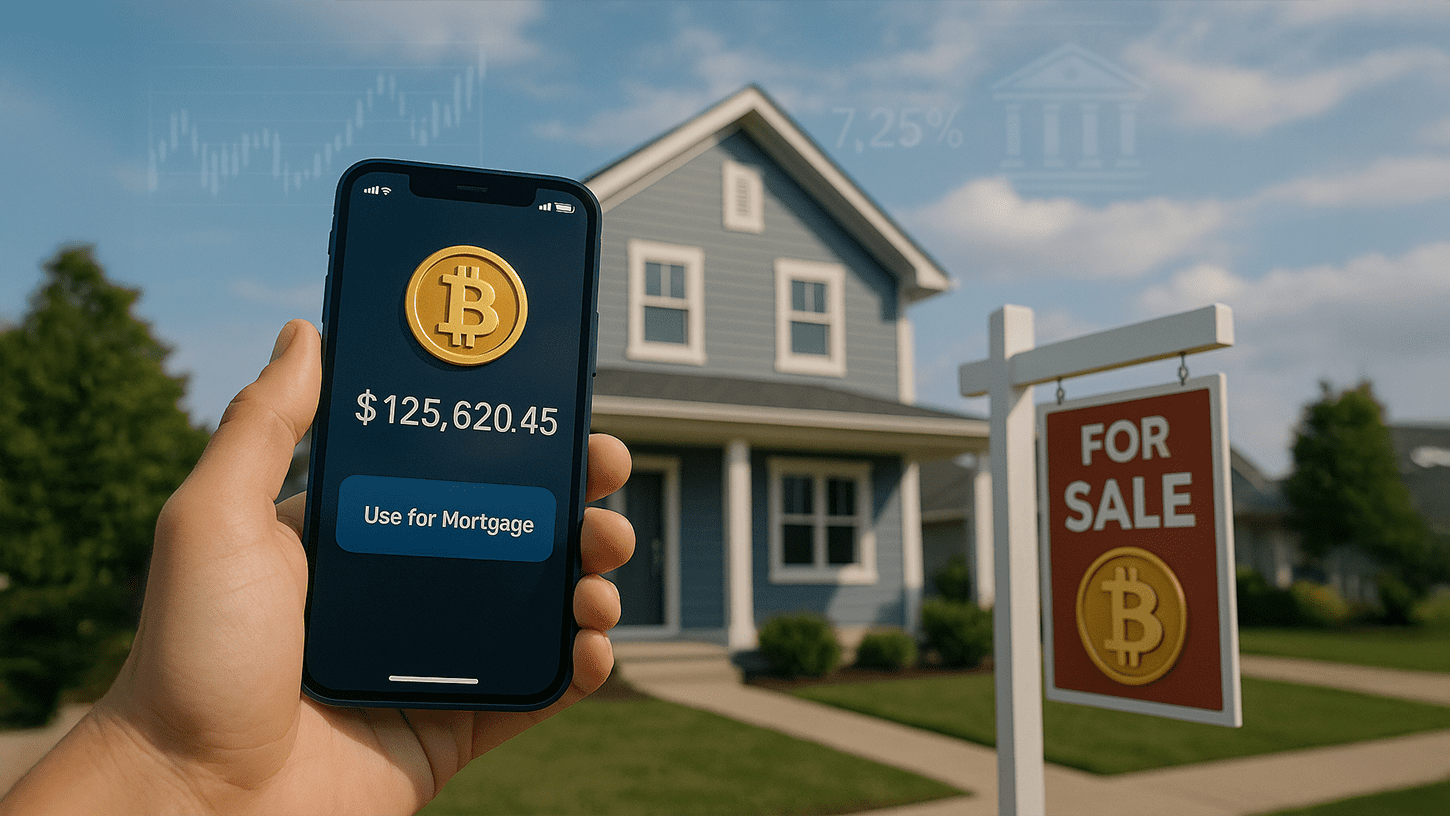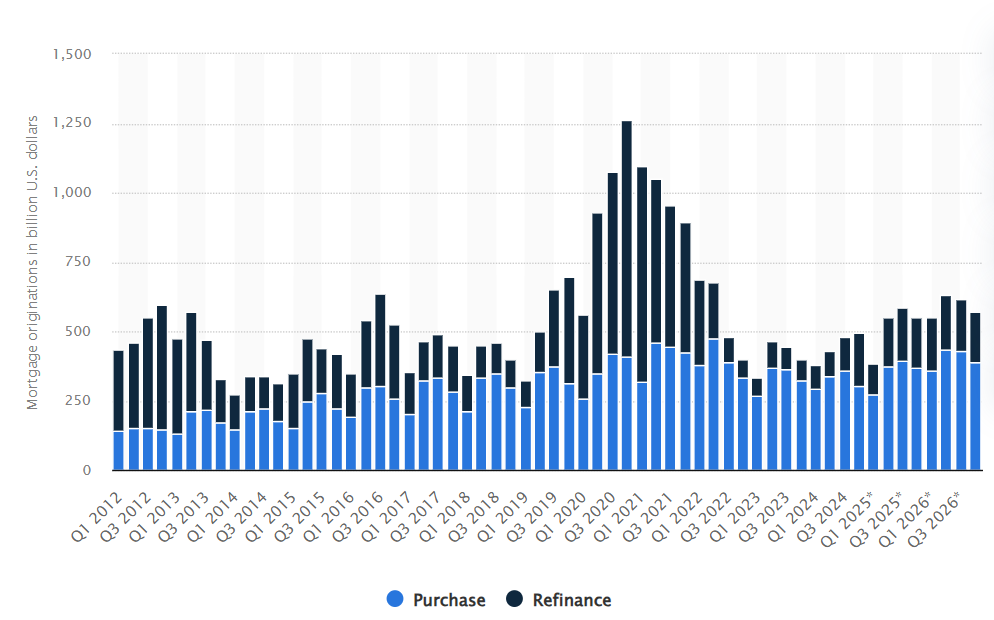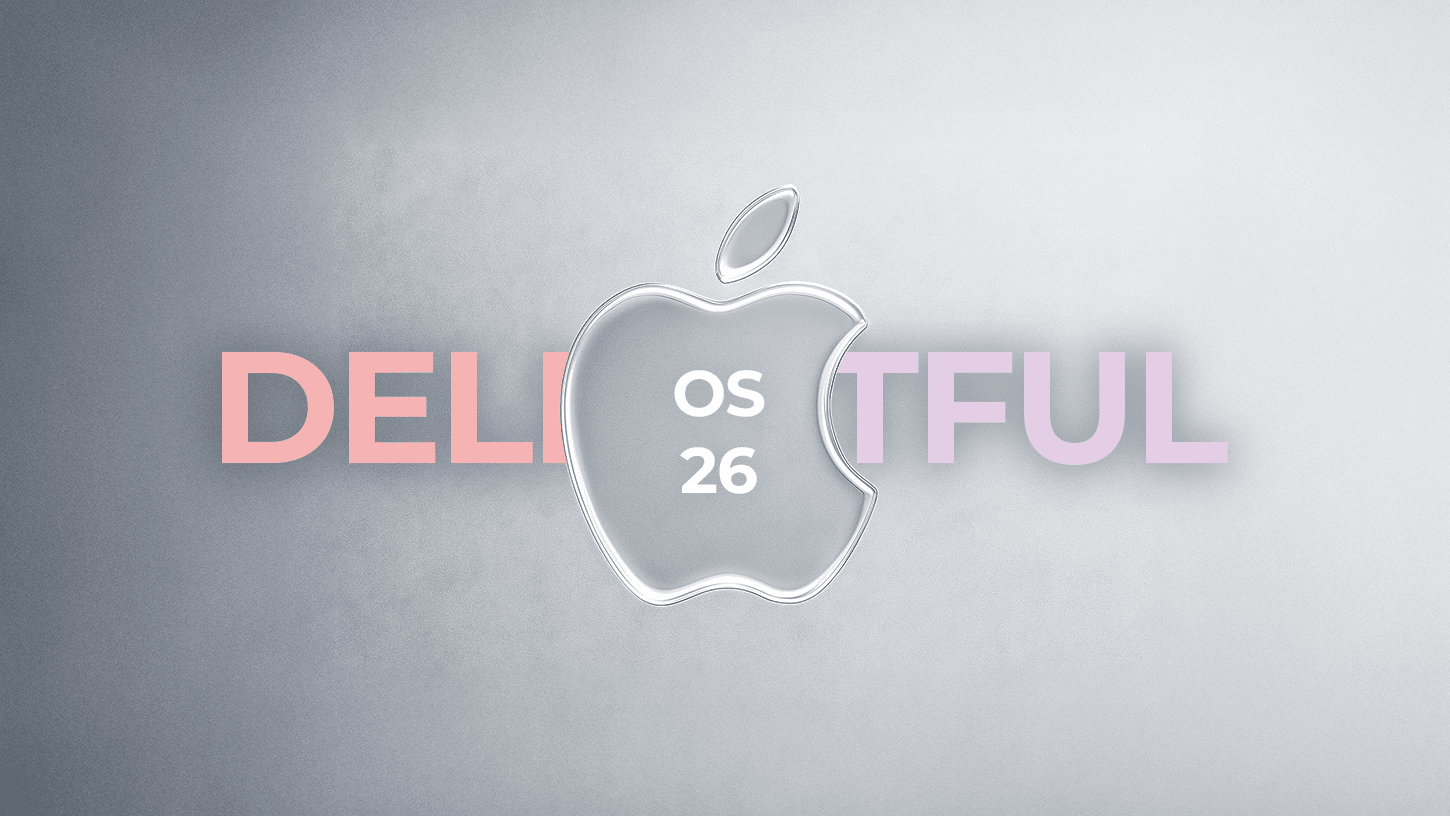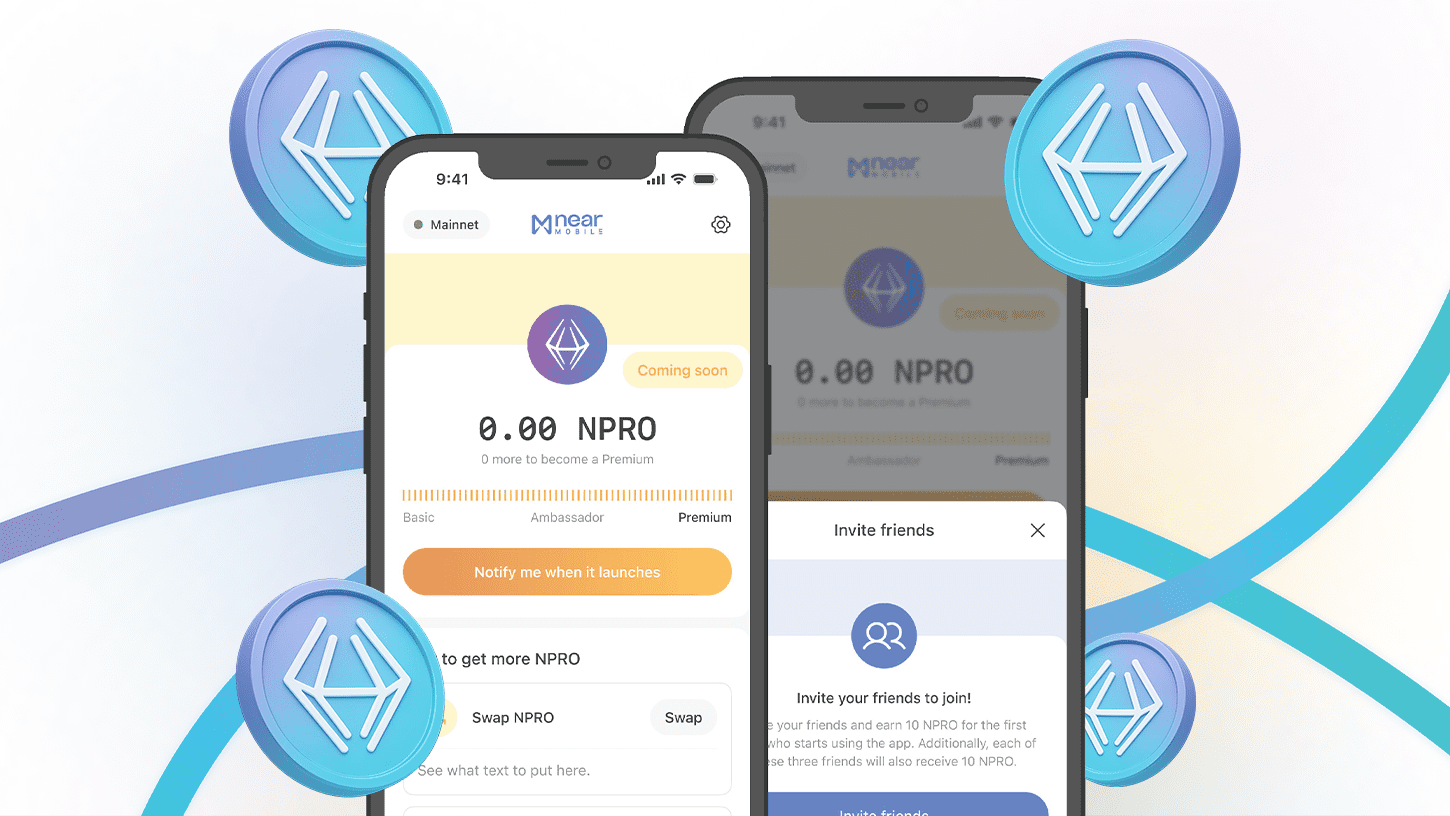Risky Business: The FHFA’s Bold Crypto Mortgage Experiment

When you think of crypto-backed mortgages, Bitcoin and blockchain aren’t the first things that come to mind. But that may be changing. In a surprising turn, the FHFA is considering whether Bitcoin as mortgage collateral might have a future in mainstream lending—signaling a new phase in U.S. housing policy through a bold cryptocurrency directive aimed at modernizing how risk is measured.
This isn’t a speculative pilot buried in a subcommittee, it’s a formal directive. On June 25, 2025, FHFA Director Bill Pulte issued an order instructing Fannie Mae and Freddie Mac to evaluate the role of crypto assets in mortgage risk assessments, asking the Enterprises to prepare proposals on how crypto could be treated as part of a borrower’s reserves. The aim? To modernize underwriting and potentially widen access to homeownership.
But behind the clean headline lies a messier, deeper question: Can a financial system built on stability absorb an asset class defined by volatility?
The Pressure to Innovate (or Improvise)

Published by Statista Research Department, Apr 28, 2025
It’s not hard to see why the FHFA might be open to new ideas. The U.S. housing market is, in a word, jammed.
- Mortgage originations have cratered, especially refinances, which fell from $851 billion in Q4 2020 to just $190 billion by Q4 2024.
- Housing supply continues to lag demand. Investors dominate many markets. Elder homeowners are aging in place.
- The cost of borrowing? Brutal. Average 30-year mortgage rates leapt from under 3% in 2020 to over 6.6% in 2024.
Add to that falling consumer confidence, and it’s clear that the levers of traditional policy, interest rate manipulation, GSE incentives, and tax breaks are losing their potency.
That’s where crypto enters the conversation. Pulte, who has openly criticized the Federal Reserve’s high-rate strategy, is betting that new asset classes might enable new forms of lending, especially for younger, digitally native Americans whose balance sheets look very different from their parents’.
Regulation: The Gatekeeper That Blinked
Until recently, any discussion of crypto in mortgage underwriting would have been dead on arrival. The SEC’s now-repealed Staff Accounting Bulletin No. 121 (SAB 121) forced institutions to treat crypto as a liability, not an asset on their books. That rule effectively barred banks from building services around digital assets.
But with SAB 121 rolled back in early 2025, new doors are open. Sort of.
Federal lending programs like FHA, VA, and USDA still do not accept crypto holdings or even fiat proceeds from crypto sales as valid sources of down payments. That means any change is still upstream, conceptual. For now.
Pulte’s directive makes it clear: crypto assets can only be considered if they’re held on a U.S.-regulated centralized exchange. That’s a huge caveat, cutting out DeFi, cold storage, and self-custody, arguably the very elements that make crypto appealing to its most dedicated holders.
Bitcoin as Mortgage Collateral: Perfect Fit or Financial Risk?
Crypto’s most ardent proponents, especially Bitcoin maximalists, are elated. They argue Bitcoin offers everything a lender should want: transparent, immutable ownership records; deep liquidity; and predictable issuance. In this view, Bitcoin is “perfect collateral.”
Some lenders have already stepped into this terrain. Firms like Milo offer crypto-backed mortgages where approval is tied directly to the borrower’s digital asset holdings, often requiring crypto that equals or exceeds the loan amount. Others like Strike are experimenting with Bitcoin-collateralized loans, but even they openly acknowledge the risk.
And the risk is real. One sharp market correction can obliterate a borrower’s LTV ratio. That’s the nightmare scenario: forced liquidations and margin calls, right in the middle of someone trying to keep a roof over their head.
As one analyst noted: “Traditional mortgage models assume predictable income and relatively stable asset values. Now you’re trying to plug in an asset class that can lose 30% in a weekend.”
Quantifying Chaos: The BTC Credit Model
In response to volatility concerns, Bitcoin advocate Michael Saylor has unveiled what he calls the BTC Credit Model, a framework intended to assess loan risk using variables like:
- BTC price and volatility
- Collateral coverage ratio
- Loan duration
- Annualized Return Rate (ARR) forecasts
The FHFA has signaled openness to reviewing such models. But even a quick glance at the disclaimers should raise eyebrows. The model:
- Is not equivalent to a credit rating
- Doesn’t represent financial results
- Is purely illustrative
In other words, it’s a well-dressed guess. And using guesses to backstop mortgage markets is historically a dangerous game. Just ask anyone who held a CDO in 2008.
The Crypto Class of Borrowers
Still, the demand for new lending models is real. According to the National Cryptocurrency Association’s “2025 State of Crypto” report:
- 20% of Americans now own crypto, amounting to over 65 million people.
- 74% of those have portfolios under $50,000.
These aren’t millionaire traders. They’re retail investors. Gig workers. Freelancers. Tech employees. Young families. For them, crypto may be their most liquid or only appreciable asset.
If crypto could be considered, even in part as reserves or down payment material, it could unlock the mortgage market for an entirely new demographic. That’s a big “if,” but it’s one the FHFA seems willing to test.
Final Thoughts: Progress or Precarity?
What the FHFA is doing isn’t just about crypto. It’s about whether the architecture of 20th-century finance can evolve to meet the asset classes of the 21st.
If done right, this could offer a major step toward financial inclusion in an increasingly digitized economy. But if done poorly, or rushed, the consequences could ripple far beyond a few experimental home loans. We’ve already seen what happens when risk models get out ahead of reality.
The road from Bitcoin wallets to white picket fences is still long, winding, and full of regulatory potholes. But the fact that it’s even being paved at all? That’s worth paying attention to.






